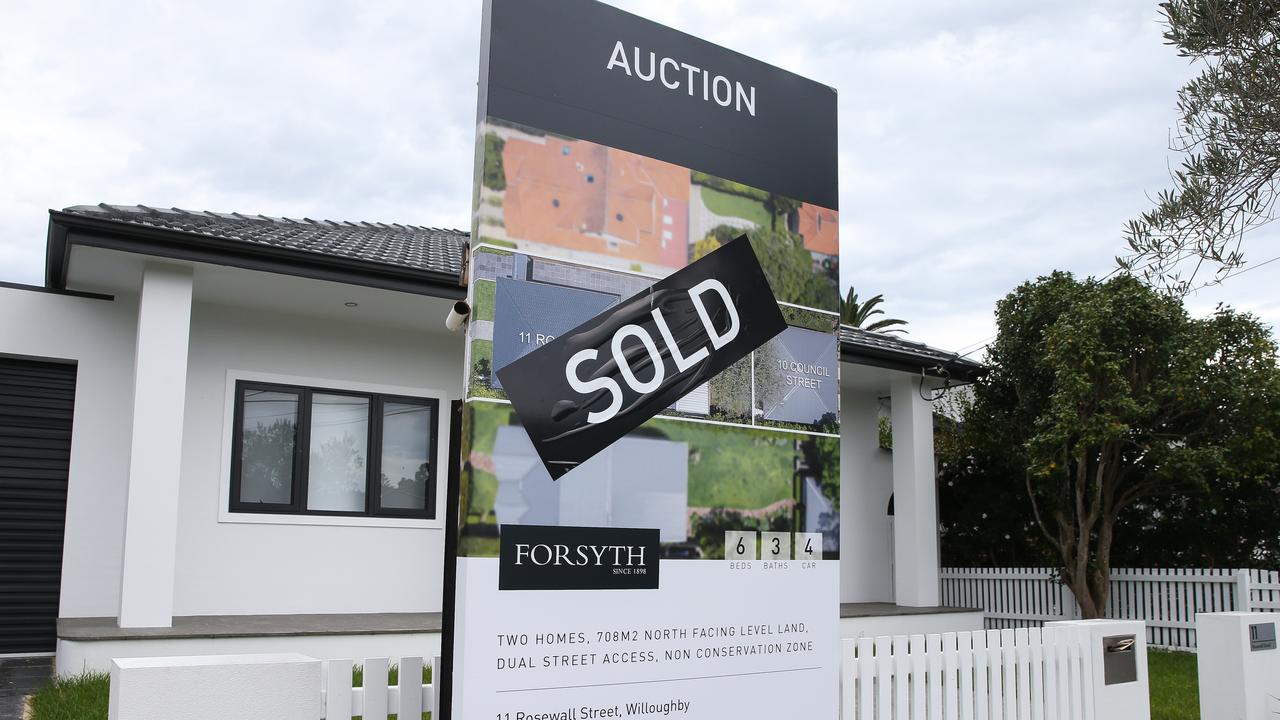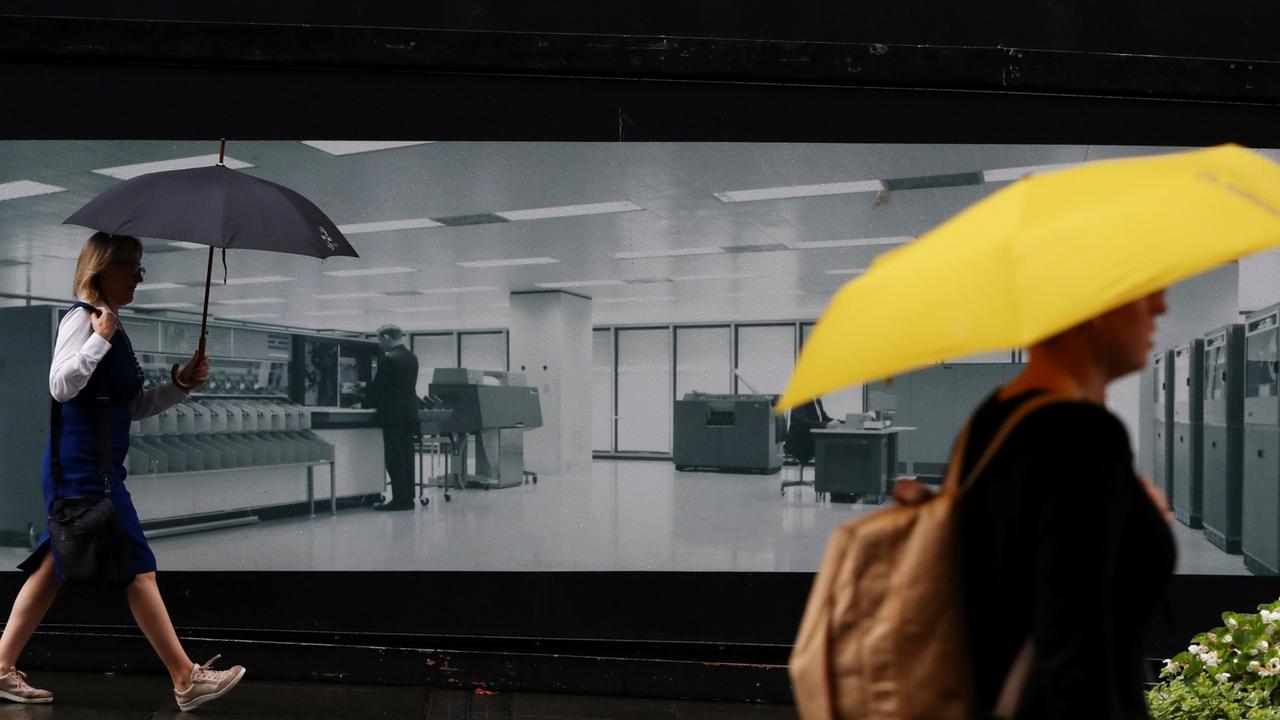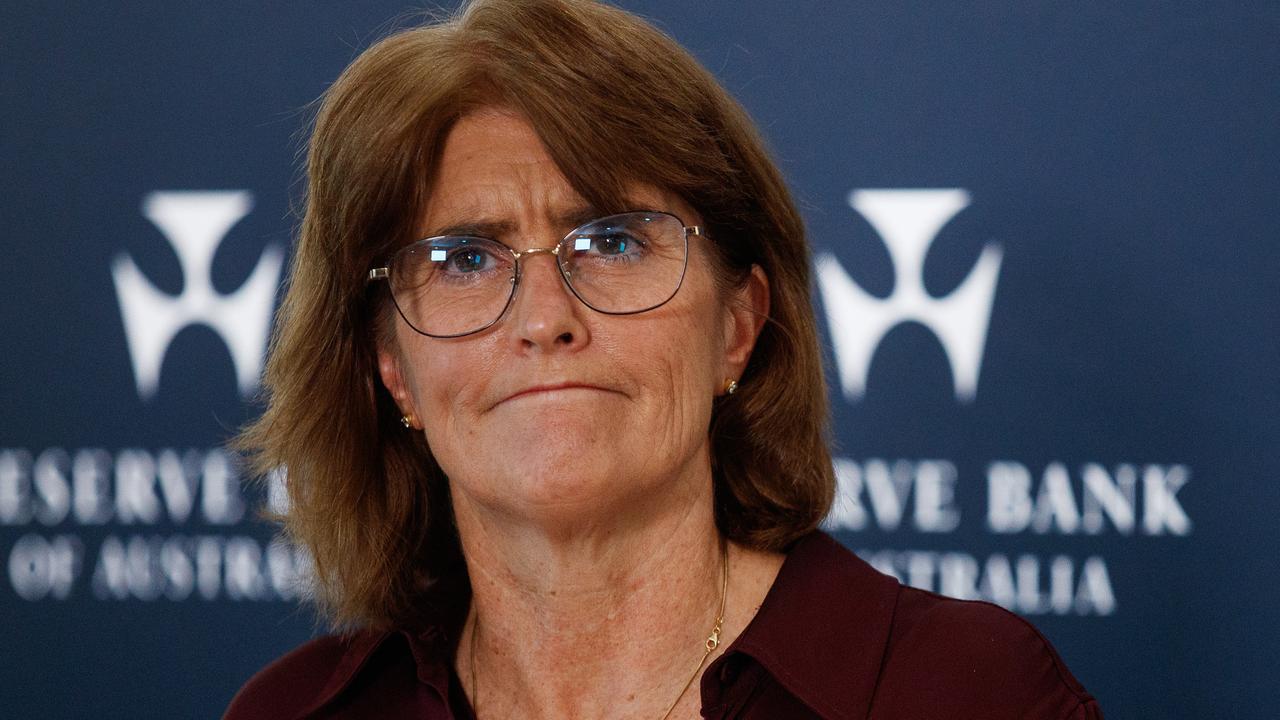Hidden detail in budget paper sounds warning on interest rates
Debate is swirling that the budget is “smoke and mirrors” and a cash splash risks interest rates being hiked or staying higher for longer.
Alarm bells are being sounded by some economists that there is a “real risk” that the federal budget will force interest rates to be hiked.
The 2024 budget has been labelled as “expansionary” or neutral by most economists, with accusations flying that it is working against moves by the RBA to curb inflation.
It has pushed back hopes of rate cuts this year, instead fuelling a warning that interest rates could rise instead.
Betashares chief economist David Bassanese described the budget as making broader price pressures “worse” and was surprised at the government’s big spending.
“Indeed, the overall budget is surprisingly expansionist – given the inflation lowering effects of the cost-of-living support measures, the Treasurer perhaps felt emboldened to spend up in other areas – hoping the RBA would not mind too much,” he said.
“Note the underlying budget balance will shift from a $9 billion surplus this financial year – which ends in a matter of weeks – to a significant $28 billion deficit in 2024-25.
“This represents a stimulatory swing in the budget position of 1.3 per cent of GDP. According to Budget estimates, the deficit would have been an already large $18 billion this financial year – on top of which the government has added $10 billion in net new spending.“

Mr Bassanese warned there was also a clear risk around consumer spending, which has slumped in recent months, but looks set for a revival according to budget figures as Australians pocket more money from tax cuts and the $300 energy rebate.
“Real household disposable income is forecast to rise by a solid 3.5 per cent over the coming financial year, yet real consumer spending by only 2 per cent. The government is counting on much of the lift in household income being saved not spent,” he said.
“But if households decide instead to lift spending in a meaningful way, not only are rate cuts unlikely anytime soon there would be a very real risk of higher interest rates.
“As a result of the budget, I now see a 40 per cent chance of a rate rise this side of the next Federal election – up from only 10 per cent.
“It is not yet base case but, like the Treasurer, I’ll be nervously awaiting what households decide to do with their extra cash over coming months.”

Expectations that rates would be cut from November this year have been dampened, according to Commonwealth Bank of Australia chief economist Stephen Halmarick, let alone the prediction they will fall to 3 per cent by the end of 2025.
“The risk is now more real the first interest rate cut could be delayed, and that the neutral cash rate is higher than we currently estimate due to the expansionary fiscal setting and the high level of investment in the economy,” he said.
Indeed buried in the budget papers was the government’s own forecast that the rates would be cut by just 0.75 per cent over the next two years.
“The cash rate is assumed to gradually ease from around the middle of 2025 to reach 3.6 per cent by the middle of 2026,” the budget papers said.

George Washington University Professor of Economics also believes there is there is a “real risk” Dr Chalmers’ third budget will result in a rise in interest rates.
“The rule of thumb a lot of people use is that every roughly $7 billion in deficit generates a quarter point increase in interest rates.
“That’s 2 per cent or 3 per cent interest rate increases. And you look at the stage 3 tax cuts, that’s $44 billion of stimulus to the economy.
“That’s a 1.5 per cent interest rate increase.
“Look, in a time like this when the Reserve Bank is right on the edge, where they’re right on the edge of raising rates, to be pushing this much stimulus into the economy, I think that’s a real risk.”

Mr Bassanese also questioned the new Made in Australia and clean energy initiatives with a $23 billion package announced for particular industries such as “green” hydrogen, and critical minerals also stimulating inflation.
“This old industrial style policy, while well intentioned, may complicate the inflation journey,” he added.
“For one, in an economy suffering from worker shortages, not surplus labour, there is no need for governments to be spending billions these days on job-creation programs to address concerns around employment.”
Jarden chief economist Carlos Cacho estimated the budget would add $30 billion in fiscal stimulus to the economy, which would put pressure on inflation leaping up again.
“Whilst the government argues that cost-of-living support measures such as energy and rent subsidies will bring down CPI, we fear they are likely to stoke broader inflation,” he said.
He predicted rate cuts would not be in play until May 2025.
KPMG Chief Economist Brendan Rynne described the budget as “smoke and mirrors” placing “upward pressure on inflation” by being stimulatory and adding to demand.
“It is not a budget for the ages, but rather one to see the government through to next year, seemingly hoping that the ‘smoke and mirrors’ impact on inflation holds out until after the election,” he said.
Australian Chamber of Commerce and Industry chief executive Andrew McKellar also warned that it would be difficult to accept the assertion that the budget materially reduces underlying cost or price pressures.
“Business is not asking for the size of the government to grow. This can only lead to higher costs and more taxes,” he said.
However, AMP chief economist Shane Oliver said the budget increased the risk of higher rates for longer but was still forecasting a rate cut from November.
Westpac economists also believed the budget “should not materially shift the timing of RBA decisions on rate cuts”.






